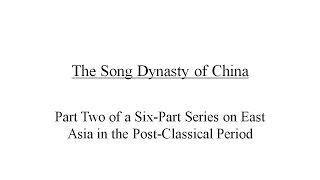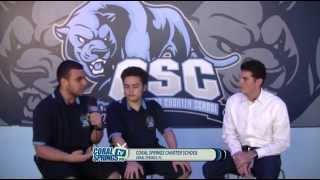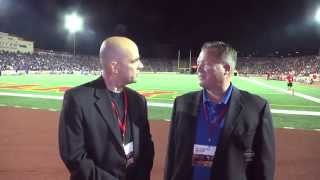Saturday, 27 December, 2025г.
















Где искать: по сайтам Запорожской области, статьи, видео ролики
пример: покупка автомобиля в Запорожье
The Song Dynasty of China
This lesson is about the organization, characteristics, and collapse of the Song Dynasty of China during the Post-Classical period of World History (600-1450CE).
Don't forget to hit the Like and Subscribe videos to make sure you receive notifications about upcoming Literature, Grammar, Reading, Writing, and World History lessons from MrBrayman.Info.
Below is the outline of the slides used in the lesson:
The Song Dynasty of China
Part Two of a Six-Part Series on East Asia in the Post-Classical Period
Rise of the Song
907CE: the last Tang emperor resigns
Nomads were threatening again
960CE: Zhao Kuangyin led his armies to conquer all of the northern kingdoms
Became first emperor of the Song dynasty
The Khitan
Khitan peoples from Manchuria threatened the Song
Forced the Song into a tribute arrangement
Followed Song culture, government, and economics
Limited Government
Song government was intentionally weak
Military controlled by civilian government
Generals couldn't be in government
Scholar-gentry held power
Less aggressive against the nomads
The Return of the Scholar-Gentry
More applicants passed the civil service exams and got jobs than under the Tang
Loyalty to the government
Put Confucianists back at the top over aristocrats and Buddhists
The Neo-Confucians
Return of Confucian values—especially traditionalism
Reinforcement of social roles, patriarchy, the family, strict morality
Song Declines
Scholar-gentry class became too big (paid by taxes)
Military became too big
Threats from Khitan nomads and Tangut tribes from Tibet
Exam system that emphasized memorization over thinking and analysis stopped STEM and intellectual progress
Here Come the Nomads
Jurchen tribe overthrew the Khitans and struck into China
Song moved their capitol south
Northern and Southern Song dynasty
Southern Song—Rump State as in the back end of an animal
1279CE: Southern Song dynasty dies out
Dynastic Cycle turns again
Lesson Completed
Теги:
World History Beamer Mrbraymaninfo Flipped Learning High School World History Ap World History High School History School Blended Learning Flip Teaching History High School Degree Todd High Song Dynasty (Royal Line) Dynasty (Fictional Organization Type) China (Country) High School (School Category)
Похожие видео
Мой аккаунт


 У вашего броузера проблема в совместимости с HTML5
У вашего броузера проблема в совместимости с HTML5


